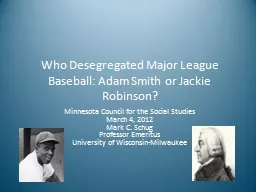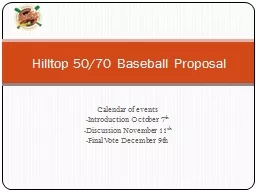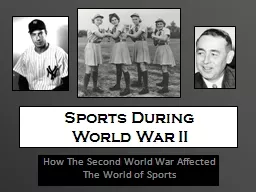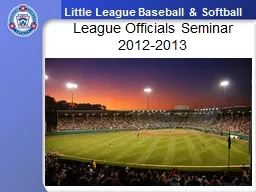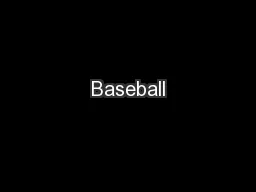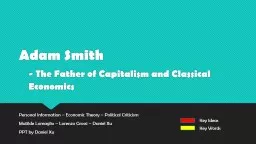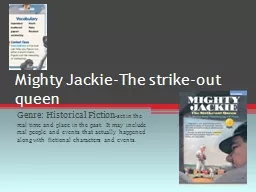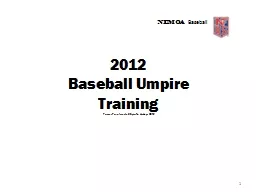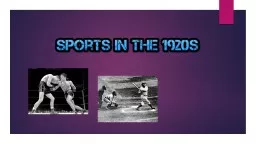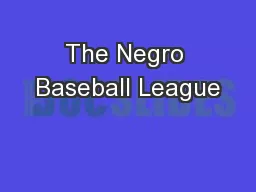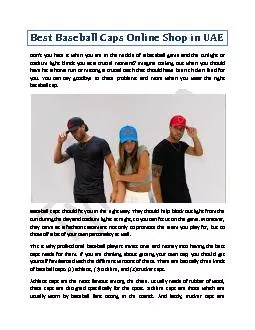PPT-Who Desegregated Major League Baseball: Adam Smith or Jacki
Author : lindy-dunigan | Published Date : 2016-09-11
Minnesota Council for the Social Studies March 4 2012 Mark C Schug Professor Emeritus University of WisconsinMilwaukee Overview Problems teaching history How economic
Presentation Embed Code
Download Presentation
Download Presentation The PPT/PDF document "Who Desegregated Major League Baseball: ..." is the property of its rightful owner. Permission is granted to download and print the materials on this website for personal, non-commercial use only, and to display it on your personal computer provided you do not modify the materials and that you retain all copyright notices contained in the materials. By downloading content from our website, you accept the terms of this agreement.
Who Desegregated Major League Baseball: Adam Smith or Jacki: Transcript
Download Rules Of Document
"Who Desegregated Major League Baseball: Adam Smith or Jacki"The content belongs to its owner. You may download and print it for personal use, without modification, and keep all copyright notices. By downloading, you agree to these terms.
Related Documents

